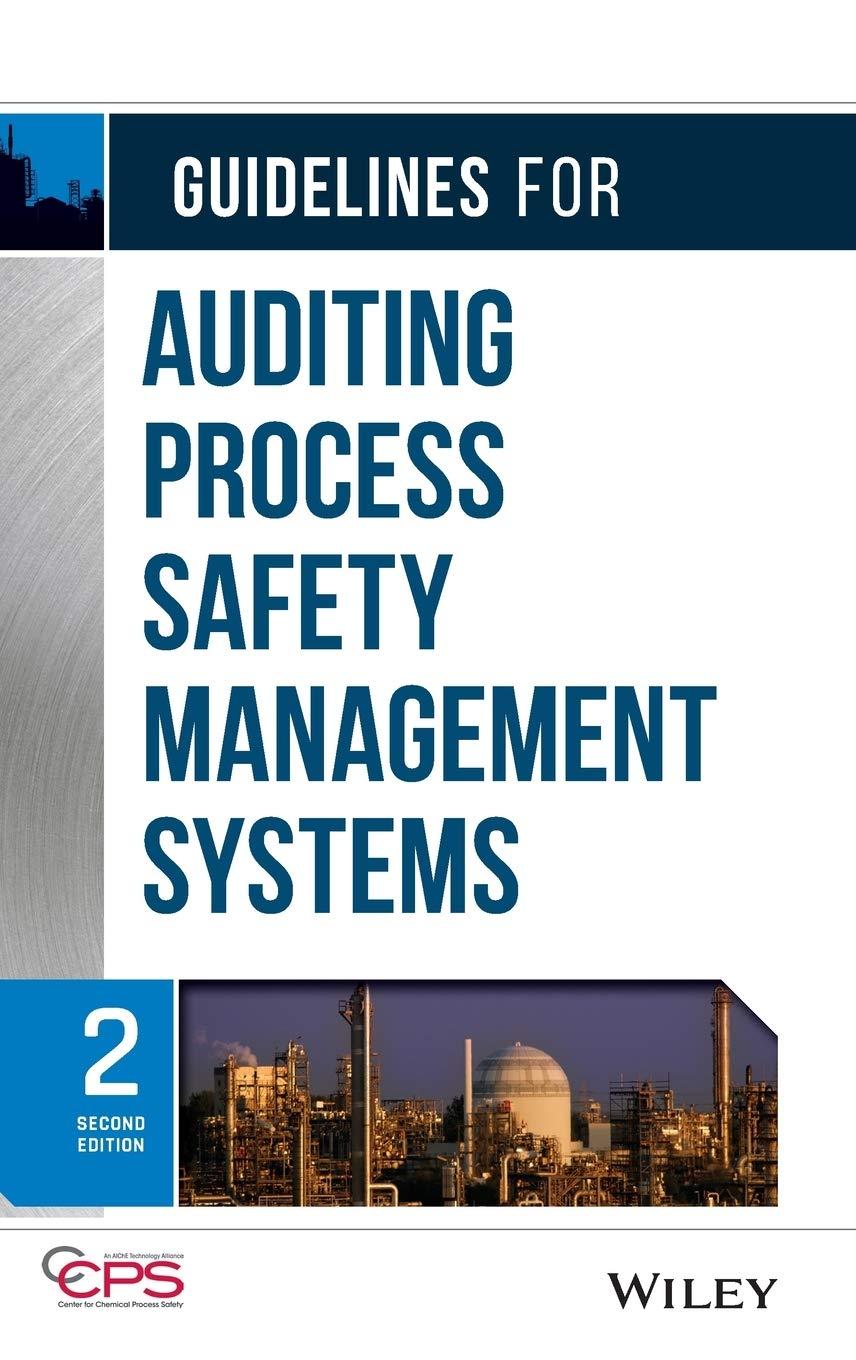Answered step by step
Verified Expert Solution
Question
1 Approved Answer
Question 3 Auditing Evidence (25) We discussed the management assertions that are implicit in a set of financial statements, specifically: (1) existence/occurrence; (2) completeness; (3)
Question 3 Auditing Evidence (25)
We discussed the management assertions that are implicit in a set of financial statements, specifically: (1) existence/occurrence; (2) completeness; (3) rights and obligations; (4) cutoff; (5) valuation/allocation/accuracy; and (6) presentation and disclosure.
Required: Answer the following questions regarding these assertions.
- Explain why the existence assertion is generally more important for asset accounts than it is for liability accounts. (3)
- Explain why the occurrence assumption is critically important for revenue. (3)
- Completeness is considered the overriding concern for liability accounts. Explain why this is so. (3)
- Give examples of two types of transactions for which the cutoff assertion is critically important and explain why it is important for each transaction type. Do not list more than two types of transactions. (4)
- Identify two asset accounts for which the rights assertion should be considered particularly important and explain your reasoning. Do not list more than two accounts. (4)
- Identify two balance sheet accounts for which the valuation assertion is high risk and explain your reasoning. Do not list more than two accounts. (4)
- Identify two types of transactions for which presentation and disclosure is critically important and explain your reasoning. Do not list more than two transaction types. (4)
Step by Step Solution
There are 3 Steps involved in it
Step: 1

Get Instant Access to Expert-Tailored Solutions
See step-by-step solutions with expert insights and AI powered tools for academic success
Step: 2

Step: 3

Ace Your Homework with AI
Get the answers you need in no time with our AI-driven, step-by-step assistance
Get Started


